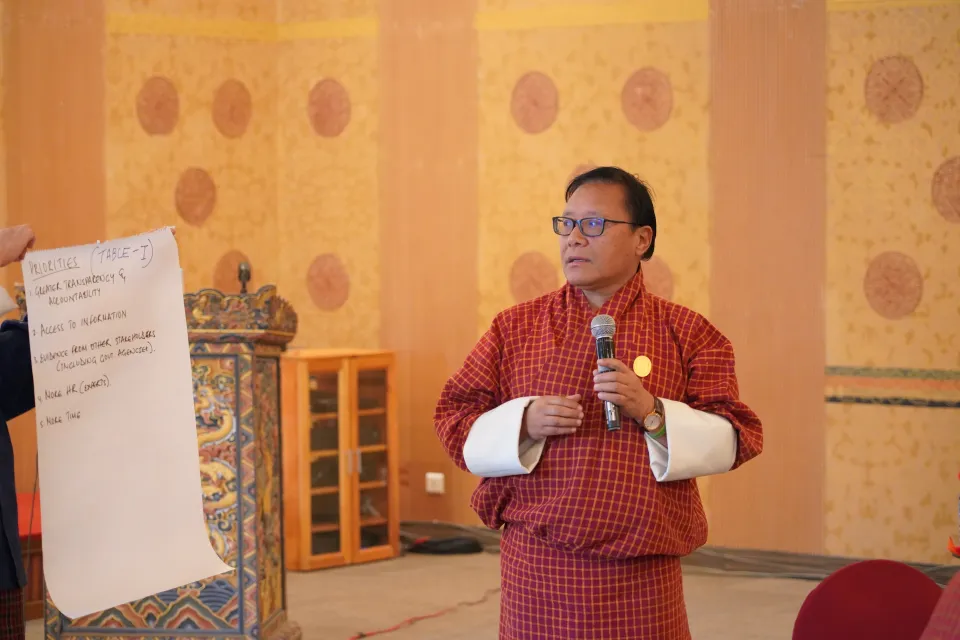Equality in Latin America, where are we headed?

Considerable progress has been made in women’s political participation in recent years. It seems that many countries in the world are seeking gender parity in politics but the question is how close we are? Below is an approximation of the present political participation of women in the different countries of Latin America. It is the basis for a reflection about the next steps to be followed for female representation to increase and for women to reach the much-desired equality.
A look at the positions women hold
In Latin America, depending on the levels of government and the electoral system in a country, elections on national and subnational levels could be either simultaneous or alternate. Still, the presidential elections receive significant attention because of their importance. This is also linked to the importance of the presidential systems dominant in the region. By having a look at the recent elections in Latin America, we can gather interesting information about the extent to which women participate in politics.
At present, there are two women presidents in Latin America – Michelle Bachelet in Chile and Dilma Rouseff in Brazil – both are currently serving their second term in office. Rouseff was re-elected immediately while Bachelet was re-elected after one intermediate government period. On the other hand, in Argentina, Cristina Fernández left the presidential seat after eight years following the election of Mauricio Macri.
Regional and global average
Today, the number of women representatives in the lower chamber or single chamber averages at 27 per cent compared to a 22 per cent global average, according to the Inter Parliamentary Union. In the Pacific region the figure is 16 per cent.
There has unquestionably been an increase in women’s representation in elected office in legislative bodies in the past ten years. Progress is uneven, however, and there are great differences between countries. Some have exceeded 40 per cent of women in parliament, while others remains marked by persistent under-representation of women, with less than 20 per cent women, as shown below:
Quotas
Clearly, gender quotas have played a key role in promoting the increase of women in elected office. Of 18 Latin American countries, 16 have mechanisms for promoting a greater presence of women in politics. Five have approved parity (Ecuador, Bolivia, Mexico, Costa Rica and Nicaragua), nine have gender quotas for the legislature, and two (Panama and Paraguay) have quotas only for primary or internal elections.
These results, however, show that in several of these countries there is no correlation between progress in approved regulations and outcomes of elections. This is because the quota’s effectiveness is tied to other factors, including the type of electoral list, the existence of a position mandate for men and women candidates, and sanctions for failure to comply with the quota.
Peru 2016 elections
Peru is the only country in the region to hold general elections in 2016. Peruvians will elect a new president, two vice-presidents and 130 members of parliament from among the 17 political parties competing. Of the 51 candidates for executive positions (president and two vice-presidents), only 15 (29 per cent) are women. More specifically, there are only two women candidates (11 per cent) for president of the republic.
On the other hand, of the candidates for member of Congress of the Republic and representative to the Andean Parliament, around 40 per cent are women.
The comings and goings of the reforms
Nonetheless, parallel to this important gender-inclusive process, it is also clear that there is more political harassment and political violence against women politicians and leaders. Cases have been reported throughout the region. Still, it seems that in recent years the use of physical violence has become a more widespread mechanism, aimed at discouraging women and halter women’s increasing presence in decision-making spaces.
Within this framework, the debate on gender-based political harassment is acquiring greater importance in the region and has become part of the pending agenda that needs to be addressed as a priority.
Recent progress
In May 2012, Bolivia passed the Law against Political Harassment and Violence against Women. Peru has been working on approval of a similar proposal since 2013, but have yet to vote on the legislation. Furthermore, countries like El Salvador, Costa Rica, Ecuador and Mexico have conducted studies on this phenomenon. In particular, Ecuador is discussing approval of the Draft Organic Law against gender-based discrimination, political harassment and political violence, while Costa Rica and Mexico are taking part in the legal debate defending the rights of women and denouncing all forms of gender-based violence or harassment.
In short, gender inequities still persist in politics (in some places more than others). The most lasting and sustainable advances may come when political parties voluntarily adopt pro-equality measures, as has been done in the Nordic countries, where the presence of women in the political arena is higher and permanent.




